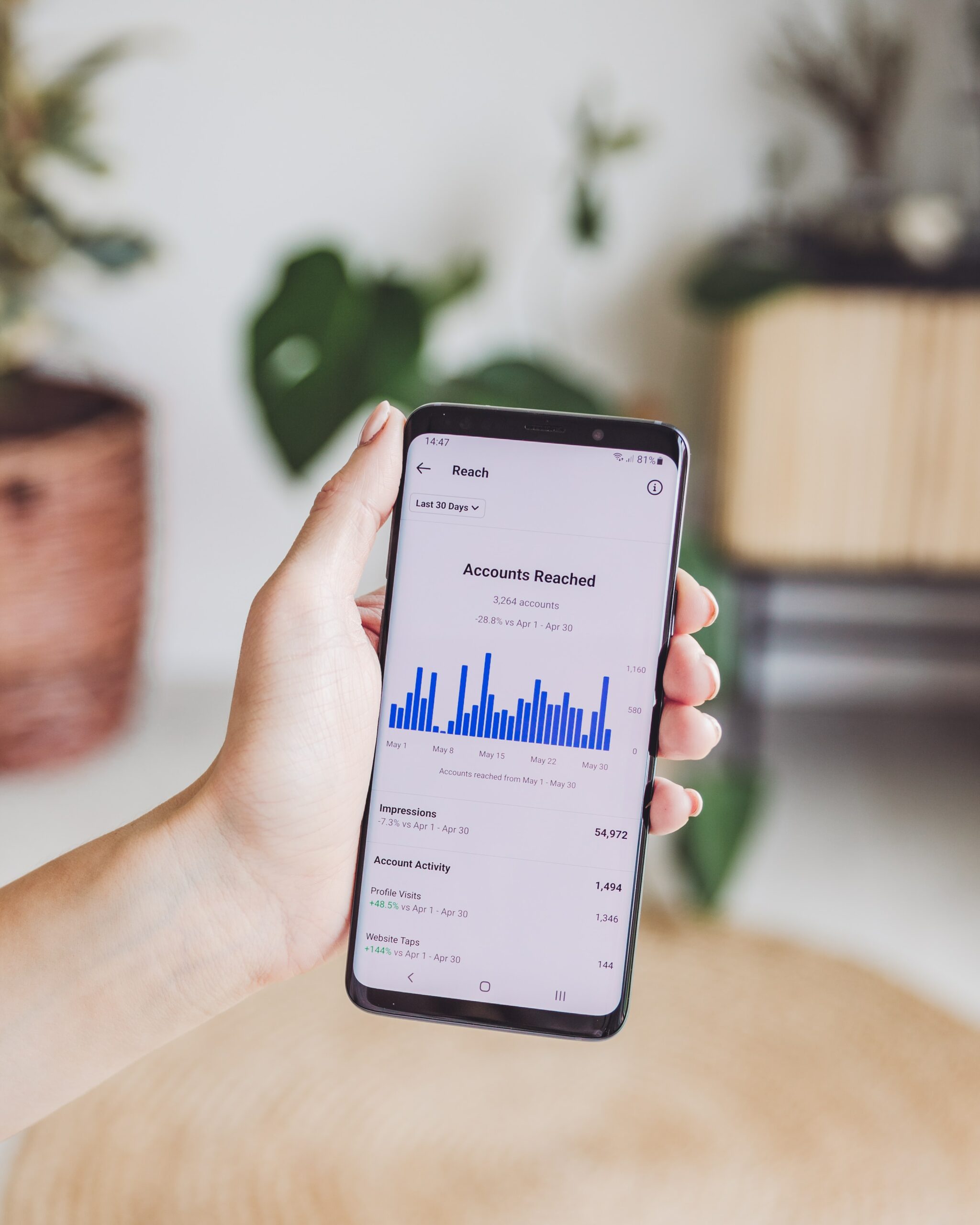In the fiercely competitive world of SaaS, social media marketing has evolved beyond mere brand awareness and engagement.
It has become a driving force for lead generation and revenue growth. This blog post aims to equip SaaS companies with advanced strategies and techniques to leverage social media effectively for lead generation.
Backed by data-driven insights, we’ll explore how to use social media to generate leads for your SaaS company. It will enable you to create highly effective social media lead generation campaigns to propel your SaaS business forward.

Harness the Power of Data for Targeting To get payday loans online same day.
To generate high-quality leads, it’s essential to utilize the vast amount of data available on social media platforms.
Leverage the advanced targeting options provided by platforms like Facebook, Twitter, and LinkedIn to reach your ideal customers. Use data points such as job titles, industries, company size, and interests to tailor your content and advertisements to specific segments.
By doing so, you can ensure that your message resonates with the right audience, leading to increased conversion rates.
Implement a Multi-Channel Approach
Diversify your social media efforts by adopting a multi-channel approach. Different platforms attract distinct demographics, and your target audience may be spread across various channels.
For example, while LinkedIn is ideal for B2B lead generation, Instagram and TikTok can be valuable for reaching younger, tech-savvy audiences.
According to a survey by HubSpot, businesses that use five or more social media channels are 3 times more likely to see a significant increase in leads compared to those using just one or two channels.
Create Interactive and Personalized Content
Engaging and interactive content fosters stronger connections with your audience. Utilize polls, quizzes, and surveys to encourage user participation.
Tailor content based on user preferences, past interactions, and behavior to deliver personalized experiences. Social media algorithms favor content that receives higher engagement, so interactive and personalized content can boost your visibility and attract more leads.
Leverage Chatbots for Real-Time Engagement
Integrate chatbots into your social media platforms to provide real-time engagement with prospects. Chatbots can answer FAQs, guide users through the sales funnel, and even schedule product demos.
Their 24/7 availability and instant response times contribute to a positive customer experience, leading to increased trust and conversions.
A recent study shows that businesses using chatbots for lead generation have seen an average increase of 67% in qualified leads.
Harness User-Generated Content (UGC)
User-Generated Content (UGC) is a powerful tool for building social proof and driving lead generation.
Encourage your customers to share their experiences, testimonials, and success stories related to your SaaS product. Share UGC on your social media channels and incorporate it into your advertising campaigns.
Potential customers are more likely to trust and engage with content created by their peers.
Implement Social Listening and Sentiment Analysis
Social listening involves monitoring conversations about your brand, industry, and competitors on social media. Combine it with sentiment analysis to understand how users feel about your brand and products.
By identifying sentiments and pain points, you can tailor your lead generation efforts to address customer concerns and provide relevant solutions.
A study by Brandwatch revealed that 96% of brands that apply social listening improve customer understanding, while 85% of them strengthen their brand reputation.

Optimize Landing Pages for Mobile
In the age of smartphones and tablets, optimizing your landing pages for mobile devices has transcended from being a best practice to a necessity.
Social media users are more likely to engage with your content on their mobile devices, making it imperative that your landing pages offer a seamless experience across various screen sizes and orientations.
Consider the following aspects when optimizing your landing pages for mobile:
- User-Friendly Design: Design your landing pages with a mobile-first mindset. Keep the layout clean, clutter-free, and easy to navigate. Use responsive design principles to ensure that your content automatically adjusts to fit different screen sizes.
- Fast Loading Times: Mobile users expect speedy load times. According to a study by Google, 53% of mobile users abandon a page if it takes longer than 3 seconds to load. Compress images and minimize code to enhance loading speed and reduce the risk of bounce rates.
- Thumb-Friendly Interaction: Mobile users primarily navigate using their thumbs, so ensure that buttons, forms, and interactive elements are easily accessible and don’t require precise tapping. Utilize larger buttons and form fields to accommodate touch interactions accurately.
- Concise Content: Mobile users often have limited attention spans. Craft concise and compelling headlines, subheadings, and copy to convey your value proposition effectively. Use bullet points and visuals to break up text and make the content more digestible.
- Mobile-Specific CTAs: Tailor your call-to-action (CTA) buttons for mobile users. Ensure they are prominently placed, easily distinguishable, and use actionable language. A strategically placed CTA can significantly impact conversion rates.
- Cross-Device Compatibility: While optimizing for mobile is crucial, ensure that your landing pages remain functional and visually appealing across different devices. Test your landing pages on various devices and browsers to ensure consistent performance.
By investing in mobile optimization, you not only enhance the user experience but also increase the likelihood of lead conversion. Remember, the goal is to make the journey from social media content to your landing page as smooth as possible for mobile users.
A/B Test Your Social Media Ads
In the dynamic landscape of social media advertising, embracing experimentation and data-driven insights is a fundamental strategy.
A/B testing, also known as split testing, empowers SaaS companies to fine-tune their social media ad campaigns for optimal performance, thereby maximizing lead generation potential.
A/B testing involves creating multiple variations of an ad, each with a single differing element. Here’s an in-depth look at how to conduct effective A/B tests for your social media ads:
- Identify Variables to Test: Start by identifying the elements you want to test. These could include ad headlines, ad copy, visuals, call-to-action buttons, colors, or even targeting criteria. It’s essential to focus on one variable at a time to accurately measure its impact.
- Set Clear Objectives: Define specific goals for your A/B tests. Are you aiming to increase click-through rates, conversions, or engagement? Establishing clear objectives will help you measure the success of each variation accurately.
- Create Variations: Develop two or more ad variations, each with a distinct change in the chosen variable. For instance, if testing ad copy, one variation might use a more formal tone, while the other employs a casual tone.
- Split Your Audience: Divide your target audience into equal segments, and expose each segment to a different ad variation. This ensures a fair comparison of performance metrics.
- Monitor Performance Metrics: Track relevant metrics for each ad variation. These could include click-through rates, conversion rates, engagement rates, and cost per conversion. Use the data to analyze which variation performs better.
- Draw Conclusions and Iterate: Once your A/B test has run its course and you’ve gathered sufficient data, draw conclusions about which variation was more successful in achieving your set objectives. Apply the insights gained to refine future ad campaigns.
- Continuous Iteration: The beauty of A/B testing lies in its iterative nature. As you uncover what works best for your audience, continuously iterate and optimize your social media ads. Small adjustments can lead to significant improvements over time.
- By systematically testing and refining your social media ad elements, you can uncover the winning formula that resonates with your target audience and drives higher lead conversion rates.
Remember, A/B testing is a dynamic process that requires ongoing attention and adaptation to the changing preferences and behaviors of your audience.

Conclusion
Harnessing the full potential of social media for lead generation requires an advanced and data-driven approach. By utilizing data for targeting, implementing a multi-channel strategy, creating interactive content, leveraging chatbots, and embracing user-generated content, you can achieve remarkable results.
Coupled with social listening, sentiment analysis, and A/B testing, your SaaS company can achieve new heights in lead generation and propel itself ahead of the competition.
As the digital landscape evolves, continually adapting your strategies based on data insights will be the key to sustained success in social media lead generation for your SaaS company.







